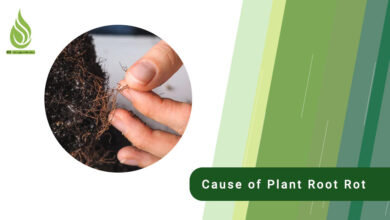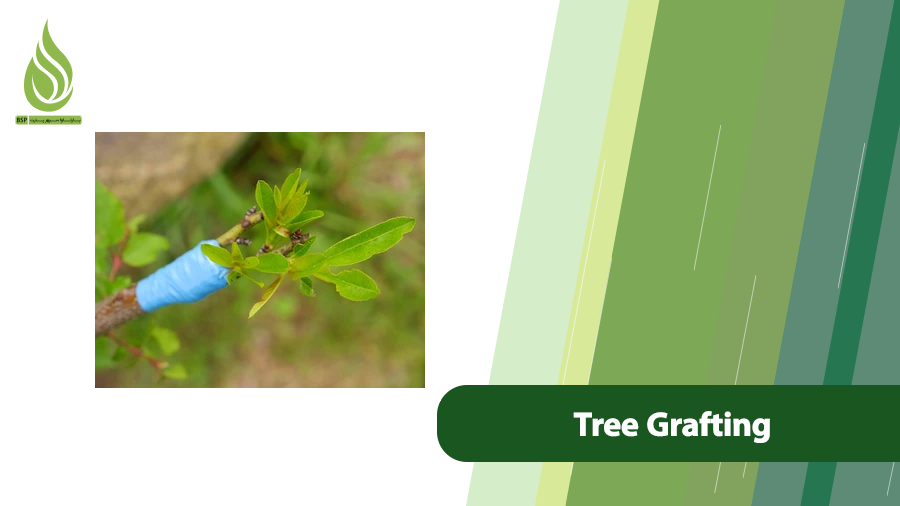
The Secret to Successful Tree Grafting & The Role of Nitrogen
Grafting is one of the most critical techniques in professional horticulture for propagating trees and enhancing fruit quality. However, many growers experience failure in this process, with the graft drying out, failing to establish a connection, or the plant ceasing to grow. Have you ever considered that a deficiency in nutrients, particularly nitrogen, might play a significant role in the success or failure of grafting? In this comprehensive article, we delve into one of the most essential nutritional elements for trees—nitrogen—and explore why it is vital for successful grafting. We also discuss when to apply nitrogen, how to use it effectively, and key considerations to ensure optimal results. If you’re aiming for successful tree grafting and a healthy, productive tree, this article is exactly what you need to read!
Why Do Some Tree Grafts Fail?
Tree Grafting is an effective method for propagating fruit trees, preserving desired genetic traits, and boosting orchard productivity. However, graft failure can occur for several reasons, including:
- Inadequate Nutrition of Rootstock and Scion: If the parent tree (rootstock) or the scion is nutritionally deficient before grafting, the likelihood of success diminishes. A lack of essential nutrients such as nitrogen, phosphorus, and potassium can impair tissue repair and graft establishment.
- Tree Grafting at the Wrong Time: Each type of graft requires specific seasonal and environmental conditions. Performing grafts when sap flow is weak or when temperatures are excessively high or low can lead to graft rejection or drying.
- Incompatibility Between Rootstock and Scion: Using a scion that is genetically incompatible with the rootstock is a common cause of failure. Before grafting Tree, ensure compatibility between the rootstock and scion.
- Incorrect Tree Grafting Technique: Uneven cuts, contaminated tools, insufficient pressure at the graft union, or improper sealing of the graft site can all prevent the scion from successfully bonding with the rootstock.
- Unfavorable Post-Graft Environmental Conditions: After grafting, the plant requires specific conditions, including high relative humidity, indirect light, and moderate temperatures. Extreme heat, wind, or dry soil can destroy the graft.
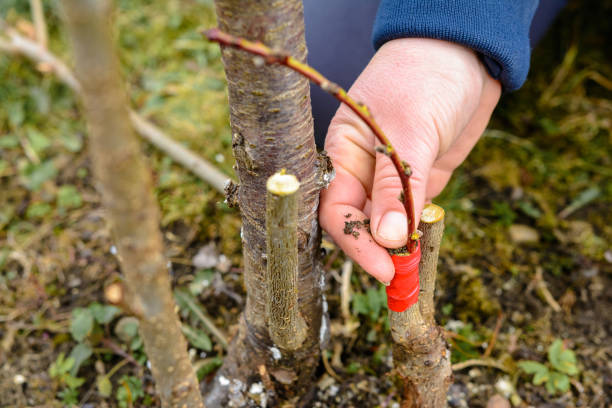
What Role Does Nitrogen Play in Tree Grafting Process?
Nitrogen is one of the most vital nutrients for plants and plays a pivotal role in the success of Tree grafting. But why is this element so crucial? Below, we examine the key impacts of nitrogen during the grafting process:
- Cell Growth and Tissue Formation: Nitrogen is a primary component in the synthesis of proteins and nucleic acids (DNA and RNA), which are essential for rapid cell growth and division at the graft site. Without sufficient nitrogen, new cells needed for tissue repair and graft union cannot form effectively.
- Wound Healing: Grafting creates a controlled wound in the Tree. For these wounds to heal, the plant requires adequate nutrition. Nitrogen is critical for repairing and regenerating damaged tissues at the graft site.
- Chlorophyll Production and Energy: Nitrogen boosts chlorophyll production in leaves, providing the plant with more energy through photosynthesis. This increased energy accelerates scion growth and improves the chances of a successful graft.
- Strong Tissue Connection: For the scion to receive water and nutrients from the rootstock, a strong tissue connection must form. Nitrogen facilitates this by promoting the development of parenchyma and vascular tissues at the graft union.
- Stress Resistance: In the days following grafting, the plant is highly vulnerable to heat, drought, and disease. Adequate nitrogen supply enhances the plant’s defense mechanisms, increasing the graft’s chances of survival.
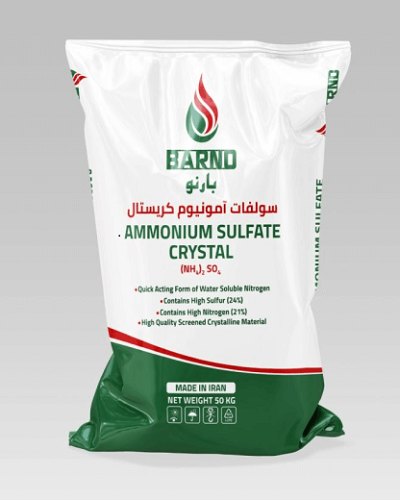
Note: During tree grafting, both the rootstock and scion require proper nutrition to repair tissues, form new cells, and resume growth. In addition to nitrogen, other nutrients also influence grafting success, including:
- Phosphorus (P): Phosphorus is the primary energy source for plants, supporting new cell formation, root growth, and young tissue development.
- Potassium (K): Potassium regulates water balance, strengthens cell walls, and facilitates the transport of sugars and nutrients. It enhances the plant’s resistance to stress and speeds up nutrient transfer between the rootstock and scion.
- Calcium (Ca): Calcium promotes strong cellular bonding at the graft union. A deficiency can lead to brittle, weak tissue growth.
- Magnesium (Mg): Magnesium supports photosynthesis and energy production, aiding tissue repair and graft growth.
Signs of Nitrogen Deficiency in Grafted Trees
Newly grafted trees have a high demand for nitrogen to support tissue repair, regrowth, and graft establishment. If nitrogen is lacking, the tree will quickly show symptoms. The most common sign is chlorosis, or yellowing of the lower leaves, which starts at the base and gradually spreads upward. This yellowing typically affects the entire leaf surface, not just the areas between veins.
Other symptoms of nitrogen deficiency include:
- Poor Scion Growth: The scion fails to grow robustly, producing thin, weak branches with widely spaced nodes. Leaves are smaller than normal and may appear wrinkled.
- Leaf Tip Browning: The tips of leaves may turn brown and dry out. Prolonged nitrogen deficiency can cause the tips of young branches to become dry and brittle.
- Weak Callus Formation: The callus tissue, which connects the rootstock and scion, forms poorly or remains weak, compromising the graft union.
- Increased Stress Sensitivity: Nitrogen-deficient grafted trees are more susceptible to heat, drought, and diseases, and even mild environmental stress can lead to graft failure.
If you observe these symptoms, act quickly by applying a light, fast-absorbing nitrogen fertilizer, such as ammonium sulfate, through foliar spraying or irrigation. Use a controlled dose to avoid damaging the scion.
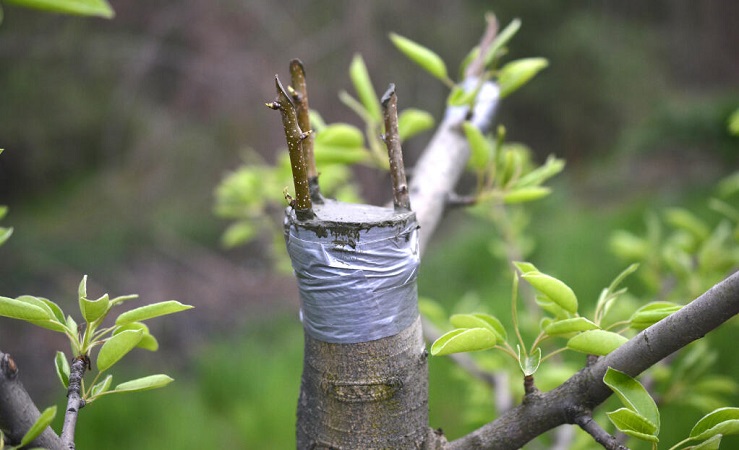
Optimal Timing for Nitrogen Fertilizer Application in Grafted Trees
To maximize the benefits of nitrogen, it must be applied at the right times. Below is a detailed schedule for nitrogen application in grafted trees:
| Stage | Timing | Recommended Nitrogen Fertilizer | Application Method | Notes |
|---|---|---|---|---|
| Pre-Graft Preparation | 7–10 days before grafting | Ammonium sulfate | Irrigation with 0.5–1 g/L solution | Supplies baseline nitrogen to strengthen initial growth of rootstock and scion. |
| Day of Grafting | Day of grafting | No nitrogen fertilizer | – | Avoid direct nitrogen application to allow the plant to focus on tissue repair. |
| First Week Post-Graft | 7 days after grafting | Water-soluble nitrogen fertilizer (e.g., 10-52-10) | Gentle foliar spray or light irrigation | Initiates gradual nutrition to stimulate tissue repair and callus formation. |
| Weeks 2–4 Post-Graft | Once weekly | 0.5% urea or crystalline ammonium sulfate | Irrigation | Supports controlled growth, prevents leaf yellowing, and accelerates scion establishment. |
To achieve successful tree grafting outcomes:
- Before Grafting: Ensure sufficient nitrogen reserves in the soil to support the rootstock and scion.
- After Grafting: Begin light fertilization in the first week to promote healing and growth.
- Ongoing Care: Apply controlled, regular doses to sustain growth and strengthen the graft union. Nitrogen is also essential for thickening the tree trunk and scion.
This schedule ensures that the grafted tree heals effectively, grows quickly, and progresses toward fruit production. Also, we suggest you take a look at our guide to tree trunk thickness fertilization.
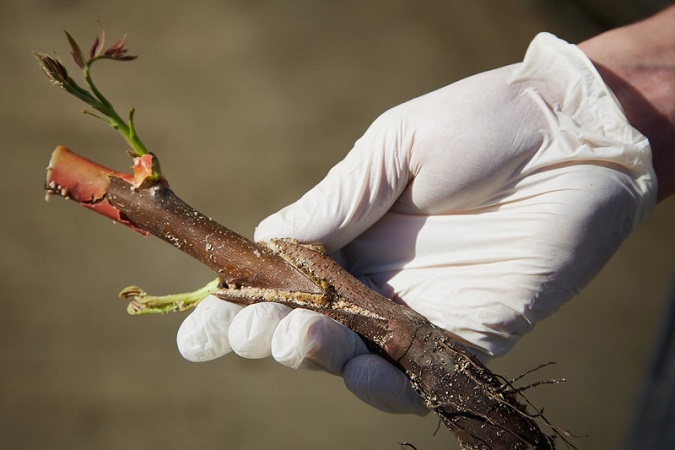
Golden Tips for Nitrogen Use During Tree Grafting
While nitrogen fertilizers are highly beneficial for grafted trees, excessive or improper use can be harmful. Overapplication can cause root and leaf burn and even prevent successful graft union. Always use nitrogen in low, controlled doses. Here are key tips to follow:
- Start with Low Concentrations: Grafted trees are under stress in the days following the procedure. Use nitrogen at low concentrations to gently stimulate cell repair without overwhelming the graft tissues.
- Delay Fertilization Initially: For the first 4–7 days after grafting, allow the scion to bond with the rootstock. During this period, provide only light irrigation and avoid nitrogen application. Begin nitrogen fertilization from the second week onward.
- Moisten Soil Before Application: Always lightly moisten the soil before applying nitrogen fertilizers to prevent root damage and improve absorption.
- Use Balanced Fertilizers: In the weeks following grafting, consider using complete NPK fertilizers (e.g., 10-52-10 or 20-20-20), which provide nitrogen alongside phosphorus and potassium. This combination supports root growth, wound healing, and leaf development.
- Adjust for Tree Age: Young trees and fruit saplings require less nitrogen, while more mature rootstocks can tolerate higher doses. Tailor the dosage to the tree’s needs.
By adhering to these guidelines, growers can harness the power of nitrogen to achieve robust graft unions and healthy, productive trees. With proper timing, controlled application, and attention to environmental conditions, nitrogen becomes a cornerstone of successful tree grafting, ensuring that trees thrive and produce high-quality fruit for years to come.
